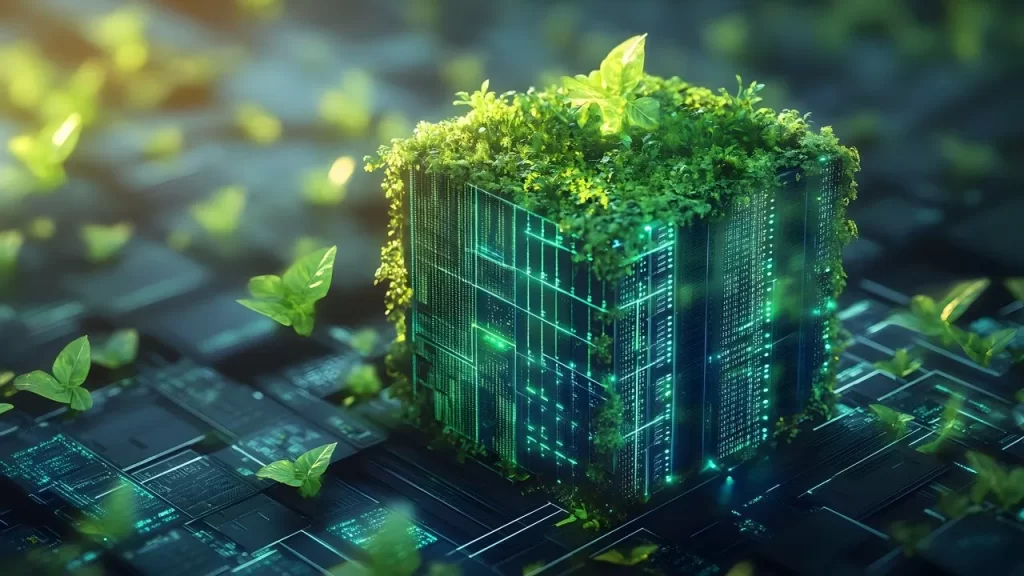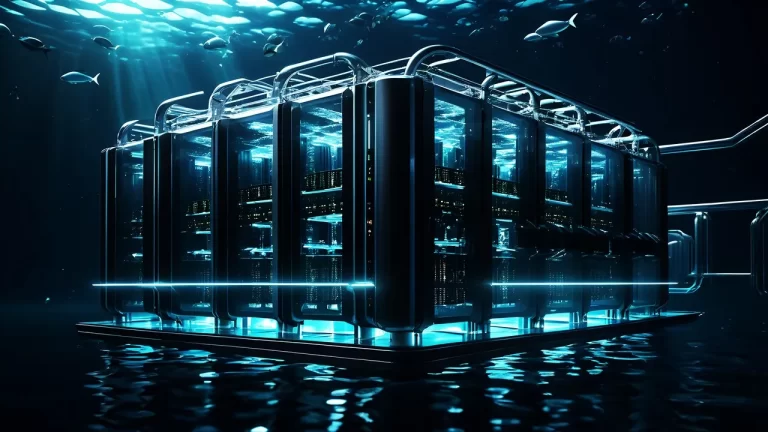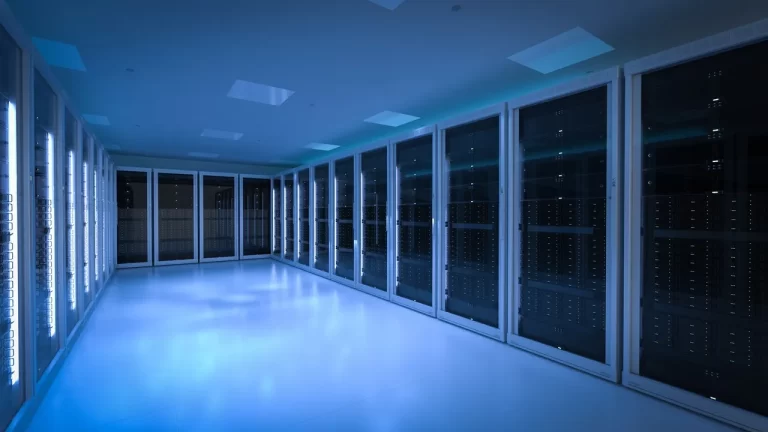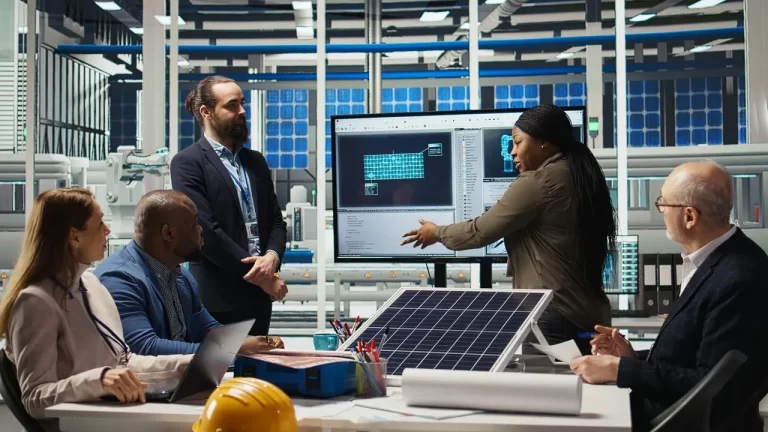As the level of digitization is increasing rapidly, the use of power and cooling in modern data centers is also increasing. As the global climate continues to change and energy standards get higher, sustainability is now not only a value added but a technological necessity. This green revolution is in full swing and at its cutting edge stands green data center, which is a highly efficient computing complexes that allow reducing environmental impact while maintaining performance.
The Evolution of the Green Datacenter
While some data center applications are the storage of docs and records, some others are used in powering big establishments and corporations, which usually require the use of a lot of energy. Having depended on fossil energy and electricity demanding cooling systems as the two major sources of energy, the move to sustainability began slowly. However, in the present day world of technological advancement, the government’s encouragement to organizations and the tenacity of companies towards Sustainability is mainlining the onset of green practices.
Innovations like virtual machines, advanced cooling systems, and AI-driven optimization tools such as Grok AI are revolutionizing how these facilities operate. Now, energy efficiency isn’t just a goal it’s a competitive differentiator.
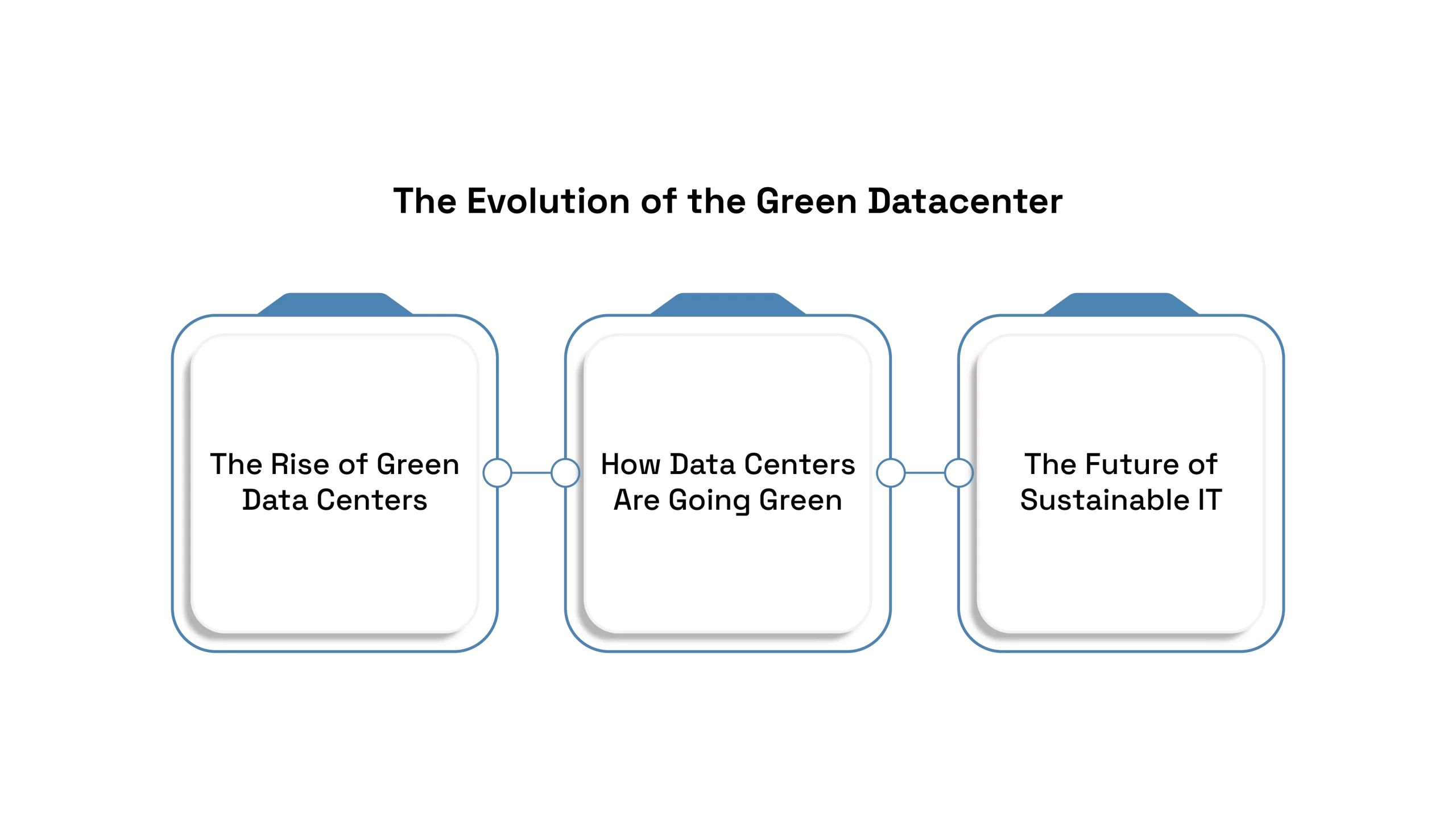
What Makes a Data Center Green?
A green data center is aimed to have reduced emissions and lower energy utilization and is planned with this thought process as the main focus. Another of the highlighted ones is in the use of renewable energy this is in wind, solar, and hydroelectric power systems which now directly provide clean energy to these features without using fossil fuels. Also, green centers use effective cooling like the use of liquids and air from outside during cold climates, thus greatly reducing the use of conventional air conditioners. Hardware remains efficient; most of the servers in contemporary cloud-based data centers are designed to offer optimum performance while requiring power. Moreover, these facilities are constructed with recyclable and sustainable materials for the circular economy approach applied in the disposal of used electronics and construction consequences.
Market Shift: Sustainability Meets Scale
With the continuous advancement in the world, the larger computer data centers in the hyperscale cloud services have remained the mainframe for industries. These massive structures owned by prime hyperscale computing companies are establishing high benchmarks in terms of energy effectiveness. It indeed doesn’t end with being ethical but economical too so that more and more organizations can be relieved from threats.
The International Energy Agency reported that the world’s web traffic more than doubled in the year 2023. Nevertheless, through an increase in efficiency, the overall electric consumption of cloud computing data centers was just slightly above. This shows that sustainability and performance are not mutually exclusive; on the contrary, they are interrelated and should not be considered rivals.
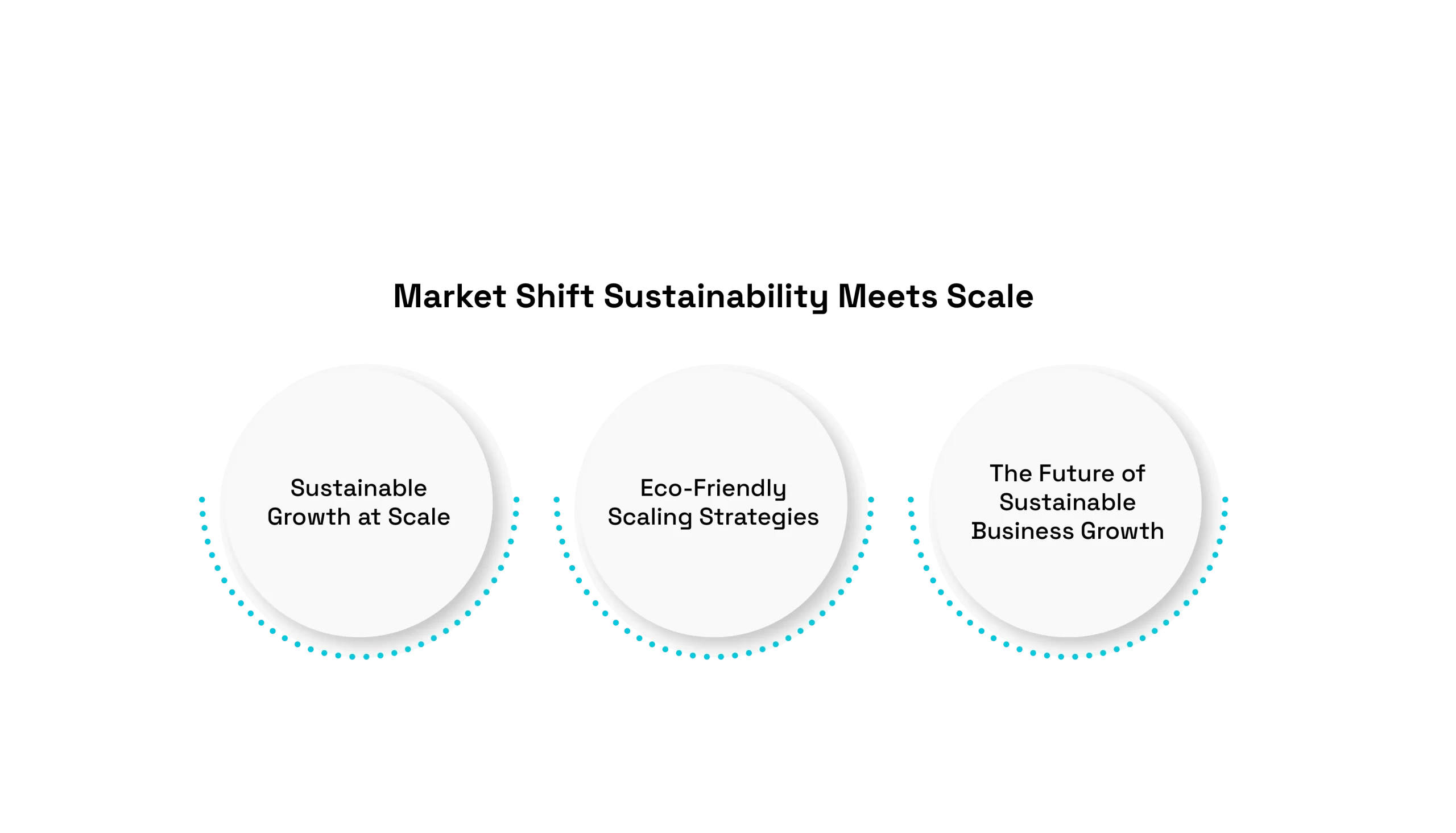
Leading by Example: Industry Transformation
Cloud provider data centers such as those operated by Amazon, Google, and Microsoft have pledged net-zero emissions and are investing in carbon-negative initiatives. These organizations are not only reducing their environmental use but also influencing industry-wide standards.
Meanwhile, data center sustainability trends are being shaped by government mandates and carbon credit systems. The EU’s Climate-Neutral Data Centre Pact and similar regulations worldwide are pushing the envelope further.
Strategic Advantages of Green Infrastructure
Apart from the environmental benefits, the sustainable data center and cloud computing infrastructure have many benefits to the companies in their long-term strategy. One of the most real benefits is a decrease in operation costs since energy-efficient systems cut down on power usage, hence resulting in smaller electricity bills. Also, the use of green practices has the benefit of improving the image of the company since the market stakeholders and especially the buyers are progressive in their choice of environmentally friendly firms. It is also versatile; the modular structures of data centers can easily be expanded for increasing load without the same effect on emission. Finally, for sustainability-focused operations practices, it is easier to adhere to the new emerging global rules or regulations which might limit business operations and lead to penalties making it easier to operate sustainability.
Pushing Forward: What the Future Holds
Enterprise data management and utilization in future will be dependent on decentralization, automation and bring intelligence. Some of the new trends of data centers are the incorporation of edge computing, AI-based energy management, and revolutionary cooling solutions. We’ll also see a shift towards virtual data centers in cloud computing environments where physical limitations are replaced with software-defined agility.
More public cloud data centers are expected to emerge in developing nations, promoting digital inclusivity while setting new green standards. The role of cloud computing centers will evolve beyond storage to become decision-making hubs for energy optimization and workload management.
Furthermore, public storage will become more sustainable with tiered data management systems, enabling selective archiving and reducing unnecessary data duplication—a critical step given the projected 180 zettabytes of global data by 2025.
The Role of Reliance and Innovation
Tech giants and telecom leaders like Reliance are investing in green infrastructure, merging connectivity with environmental consciousness. Their next-gen facilities are designed to reduce latency while ensuring minimal energy waste by integrating smart network architecture and renewable-backed power systems.
Innovation is not just about efficiency. It’s about reimagining the entire database center model. Whether it’s through AI-powered analytics, data center cloud network optimization, or next-gen cloud computing algorithms, the frontier of sustainability is being defined by ingenuity and commitment.
Final Thought
green data centers are not simply an option; they are the new requirement for data and cloud computing services that organizations intend to use for the long term. Being a knowledge-based institution at the era of technological advancement requires us being in steady Collaboration with the pacing of the negative impacts we have on the environment. Modern technology infrastructure ranging from cloud based data centers, virtual machines, and many others should represent the principles of sustainable development.

